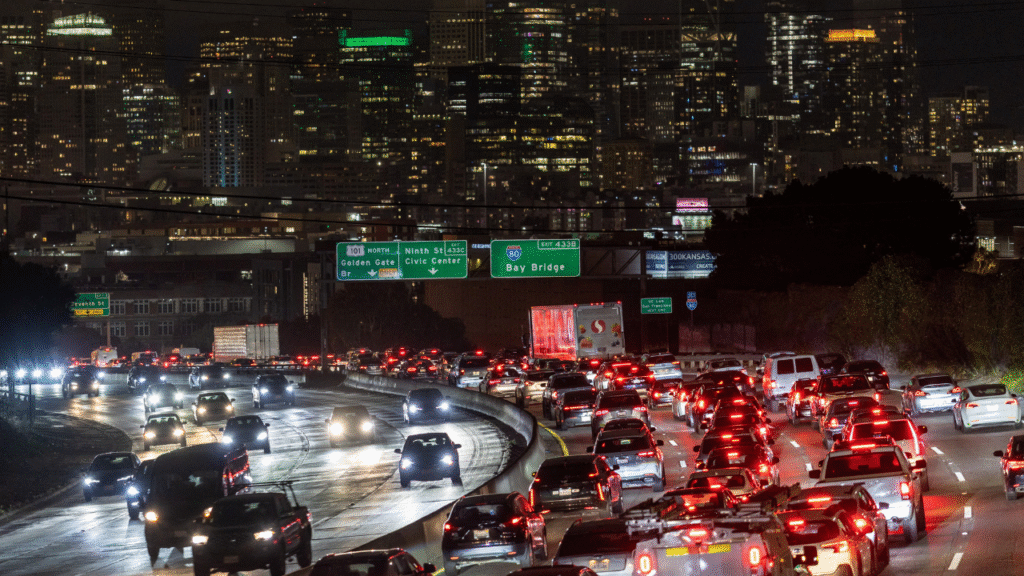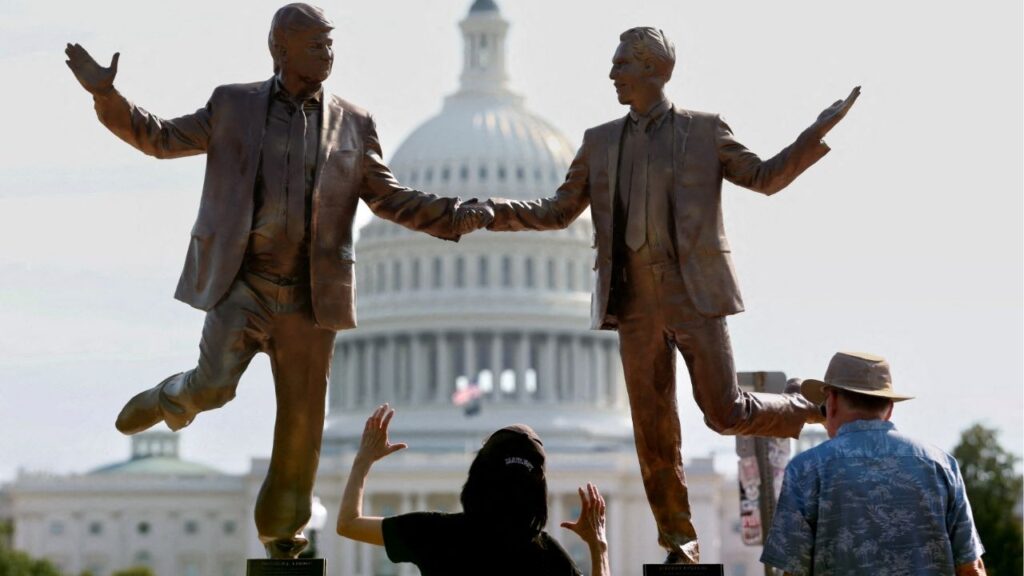
- California leaders often enact sweeping programs or policies promising positive benefits without fully weighing the risks.
- They also use sneaky tactics to pass legislation with little or no public notice.
- In addition, they exempt themselves from the rules that govern others.
Share
|
Getting your Trinity Audio player ready...
|
This commentary was originally published by CalMatters. Sign up for their newsletters.
California’s governors and legislators have a number of irritating habits, such as using sneaky tactics to pass legislation with little or no public notice, or exempting themselves from the rules that govern others.
However, the topper is their tendency to enact sweeping programs or policy decrees that promise positive benefits without fully weighing the risks.
The state’s bullet train project is a case in point. Blithe promises made to voters about costs and completion dates proved to be wildly inaccurate. Nearly two decades after a bond issue was approved, the project is a zombie, neither dead nor fully alive.
The annual budget process exemplifies the syndrome, as recent history underscores. A huge mistake in revenue projections three years ago led to a surge of spending that cannot be covered, resulting in chronic deficits.
Last year, Gov. Gavin Newsom and the Legislature crowed about extending Medi-Cal health care coverage to virtually everyone in the state, including undocumented immigrants now ineligible for federally financed benefits.
Costs of the expansion were estimated at $6.4 billion but the real costs are nearly twice as high. Newsom had to borrow $3.4 billion to cover the extra costs, then asked the Legislature for another $2.8 billion for a $6.2 billion total. Thus an already imbalanced budget is in a much deeper hole.
Another example of ignoring negative consequences has surfaced recently: legislation that Newsom signed in 2019 to greatly expand the ability of childhood sexual assault victims to sue decades after the abuse occurred.
Among other things, Assembly Bill 218 expanded potential liability — previously limited to churches and other private entities — to public agencies, such as schools, juvenile detention facilities and child care centers.
Representatives of those agencies told legislators prior to AB 218’s passage that they could be hammered by very costly allegations that they could not counter because of the passage of time. Six years later, thousands of suits have been filed against school districts, cities and counties and the potential for many billions of dollars in payments is hitting home.
“Many claims are in various stages of litigation; thus, it is impossible to project the extent of total liability, whether claimants will prevail, or what the dollar value of any final award of damages or settlement agreement may be,” the Fiscal Crisis and Management Assistance Team, a state agency that monitors school finances, said in a January report. “Even with missing details, we can conclude that the fiscal impact is and will continue to be significant and will affect programs and services.”
Los Angeles County alone has 7,000 pending claims under AB 218. In a Supreme Court filing, its lawyers said “If all those cases were to proceed to verdict, the estimated liability could be in the tens of billions of dollars and bankrupt the county. Even if the county agrees to settle the cases en masse, projected liability is in the billions of dollars.”
And then there is Assembly Bill 306, which is moving through the Legislature at warp speed.
The measure, touted as making it easier for victims of recent wildfires in Los Angeles to rebuild their homes, would prohibit local governments from altering their building codes for six years.
However, the freeze would apply to every corner of the state, not just communities affected by the fires, and therefore could undermine the state’s efforts to ramp up housing construction. One aspect of that drive has been compelling local communities with very restrictive building codes to make them more construction-friendly.
So far, Newsom and legislators have brushed aside warnings about that unintended consequence in their zeal to placate burned-out homeowners, particularly the wealthy and influential residents of Pacific Palisades.
This article was originally published on CalMatters and was republished under the Creative Commons Attribution-NonCommercial-NoDerivatives license.
RELATED TOPICS:
Categories

Three ‘Little Pigs’ Held by Sanger Police



















